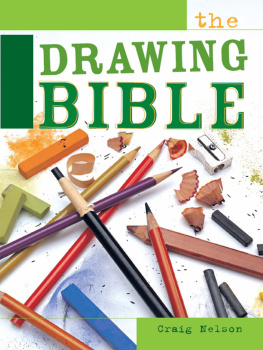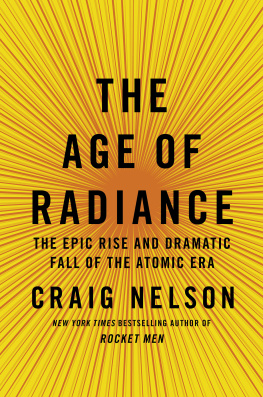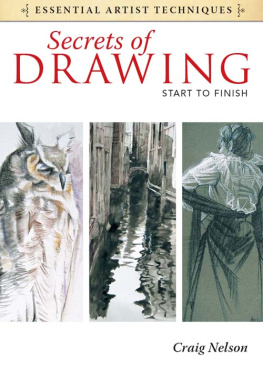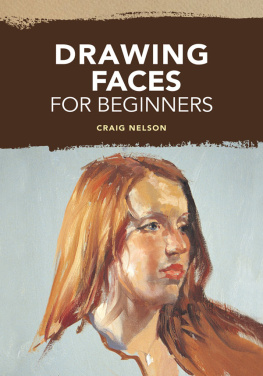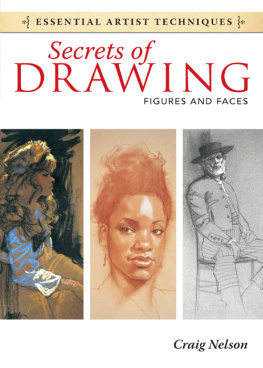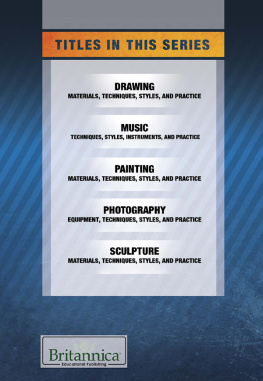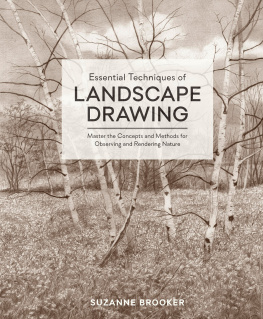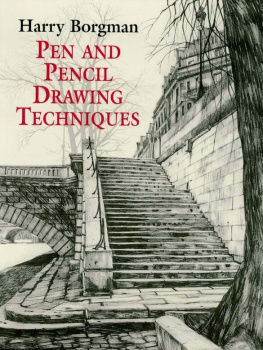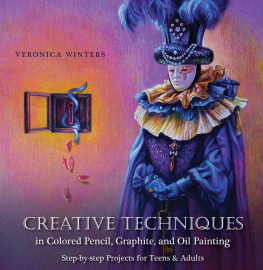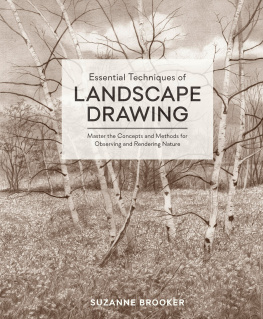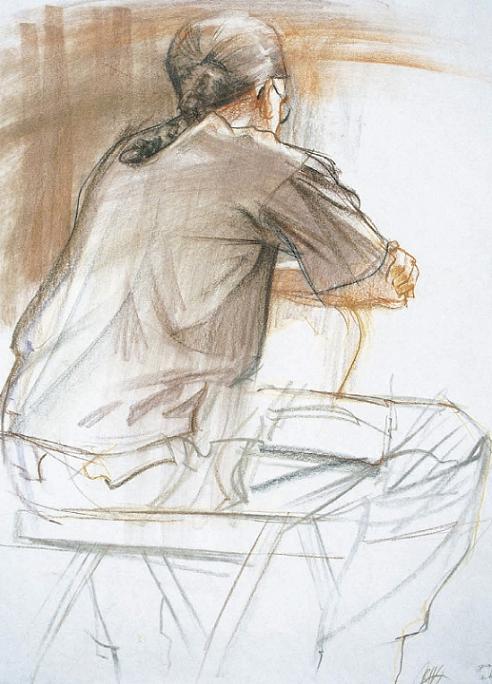
the
DRAWING
BIBLE
Craig Nelson

www.artistsnetwork.com
Acknowledgments
To all of the fantastic teachers that I was fortunate to study under including; Don Puttman, Joe Henninger, Midge Quinell and Reynold Brown
To all of the students whom I have taught over the past 32 years and have become some of todays leading artists, you have given me a lot.
To the Academy of Art University, especially to Elisa Stephens and Richard Stephens for allowing me to create a superb Fine Art department.
To all of my fellow artists who continue to inspire me... keep it up!
Dedication
To my amazing family; My wife Anna, a wonderful painter, wife and mother
My creative children; Sasha, Brendan and Ian
My artistic mother Maxine, father James and sister Heidi
All of who constantly inspire me, I love you all!
TABLE of CONTENTS
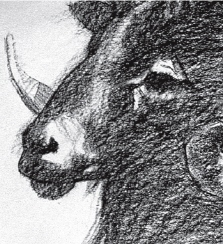
MATERIALS and MEDIUMS
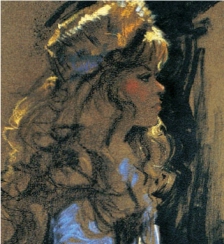
LINE and TONE
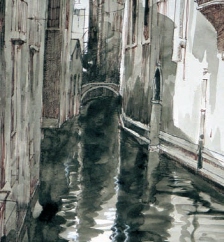
PERSPECTIVE and PROPORTION
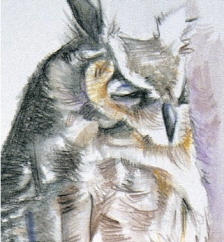
COMPOSITION and SKETCHING

SUBJECTS for DRAWING

DRAWING FIGURES and FACES
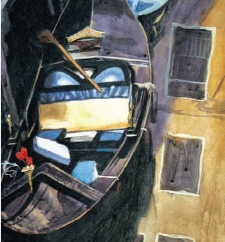
MIXING MEDIUMS

Drawing as PRELIMINARY STUDIES and as FINISHED ART
INTRODUCTION
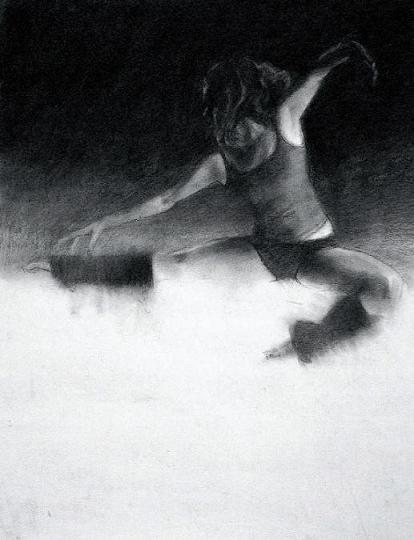
DANCERS LEAP
Charcoal and black pastel on artists vellum
20" 18" (51cm 46cm)
Drawing is the one artistic endeavor that everyone has experienced at sometime. It was most likely the first written form of communication, and continues to be a favorite leisure activity.
It is the seemingly magical act of drawing that captivates the heart and imagination of so many. The thrill of making a group of marks create an image offers a special sense of accomplishment. As a child matures, each new year brings a greater awareness of how to make those marks accurately reflect the subject he or she chooses to depict.
The act of drawing is timeless. Although mediums, techniques and concepts have changed, the use of marks and tones has always been the foundation on which drawings are made. Beginning with a blank page and ending with a pleasing image can be a rewarding experience. As in any endeavor, improvement comes with practice and repetition. Eye-hand coordination and sensitivity to mediums may be developed through experience.
Today, those who engage in the art form known as drawing work on a variety of levels. There are those who doodle, those who sketch for fun, those who draw for a living, and those who draw for the sheer aesthetic beauty of drawing. Whatever the motive, drawing is something that everyone can enjoy and grow with. It takes only desire and practice, practice and more practice. The satisfaction of creating an outstanding drawing is hard to beat, so pick up your pencils, pens, markers, charcoals or pastels and enjoy!
DRAWING FOR EXERCISE
As in any skill-based endeavor, exercise and practice is the surest way to advance in drawing. Practice drawing from models, objects or the environment in various mediums, and your observation skills and eye-hand coordination will greatly improve. To learn how to make meaningful marks and tones, you must practice.
An Exercise in Attitude
The model posed for about twenty minutes, and I did the sketch in two or three earth tones of Cont pencils, accented with white Cont on a light neutral toned Canson paper.
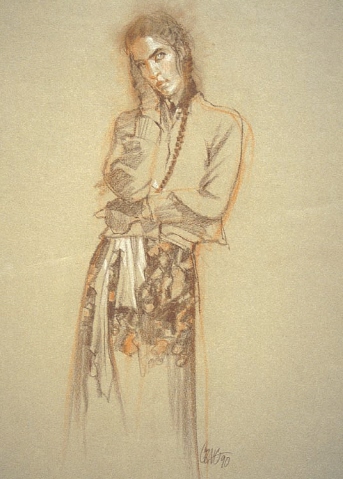
CASUAL ATTITUDE
Cont pencils on Canson paper
22" 17" (56cm 43cm)
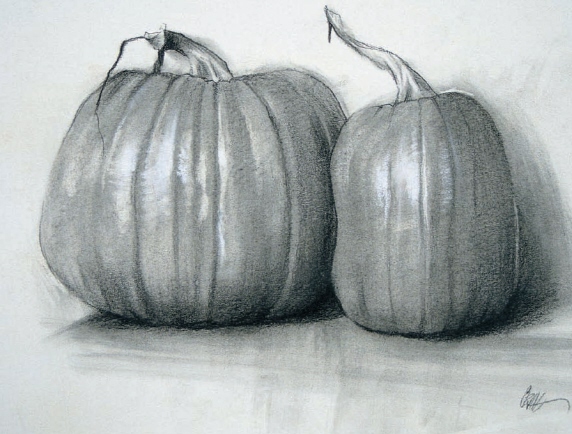
TWO PUMPKINS
Charcoal on bristol board
9" 12" (23cm 30cm)
Use Subjects That Are Close at Hand
Sometimes you may find the best subject matter by looking around your home. Here I used a couple of pumpkins left over from Halloween to practice value and form. Try this using a 4B charcoal pencil, soft vine charcoal and a kneaded eraser on bristol board.
DRAWING FOR INFORMATION and STUDY
Drawing is often used as a method for gathering information or to study subjects and ideas for use in future artwork. A quick sketch can also help you make design, composition, value and color decisions.
A Compositional Sketch
Fine-line pens are useful for sketching specific subjects in complex environments. Add tonal variations by building up hatching.
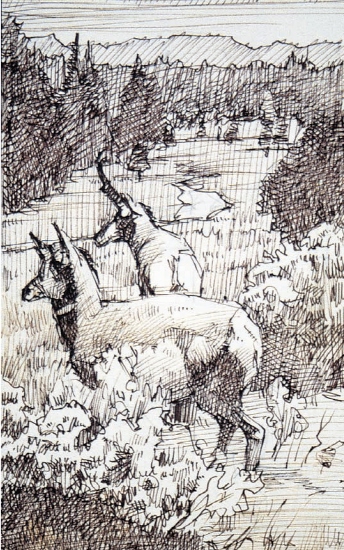
ANTELOPE
Pen and ink on bond paper
7" 4" (18cm 10cm)
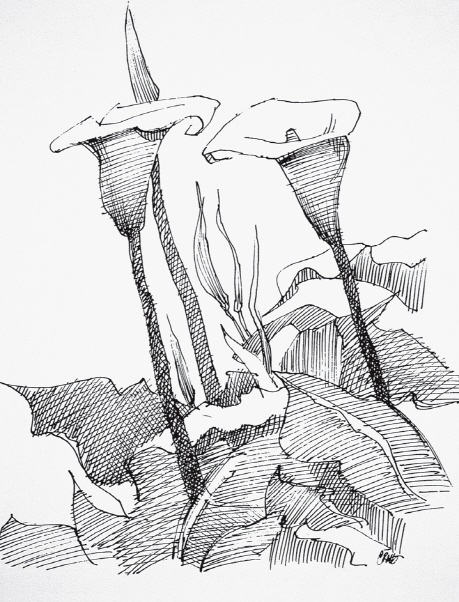
A LILY PAIR
Fine-line marker on bond paper
8" 6" (20cm 15cm)
Do a Line Study to Gather Information
A location line study is a quick and spontaneous way of recording shape and rhythm. Hatching provides a degree of tonality and form.
DRAWING as EXPLORATION
Many artists refer to exploration as messing around. This is a bit of oversimplification. Perhaps messing around with a purpose is a better definition. Both drawing new subjects and trying out new mediums are valid and exciting forms of exploration.
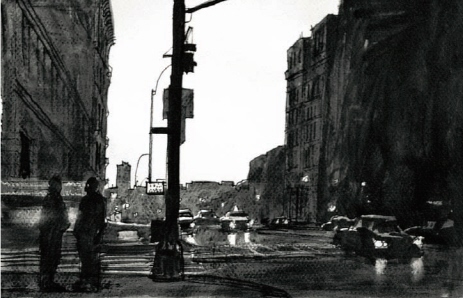
A NEW YORK EVENING
Pen and watercolor wash on bristol paper
7" 11" (18cm 28cm)
Try New Mediums and Subjects
A New York City street scene at evening is a new subject for drawing. A watercolor pad with permanent fine-line sketch pen and black watercolor works well for this. Touches of white Nupastel for a few lights complete the effect.

